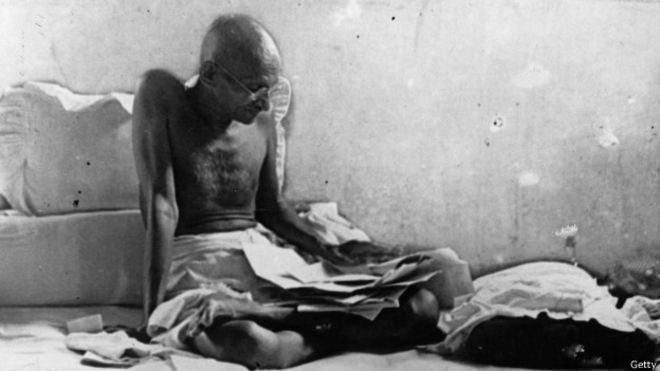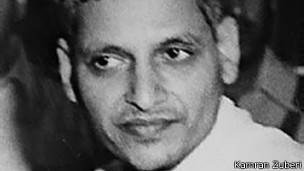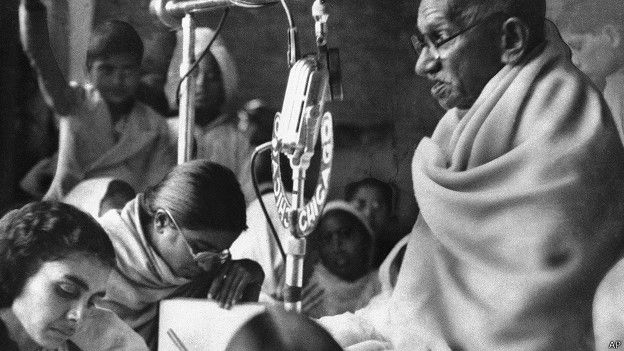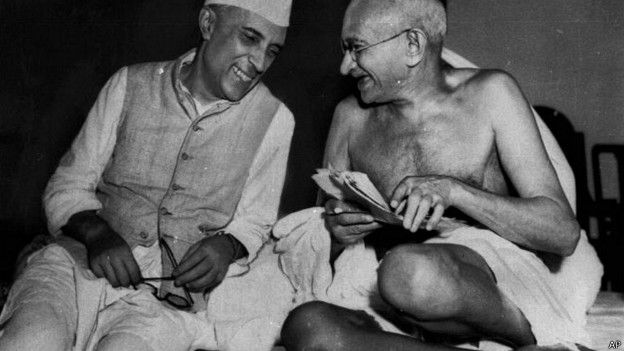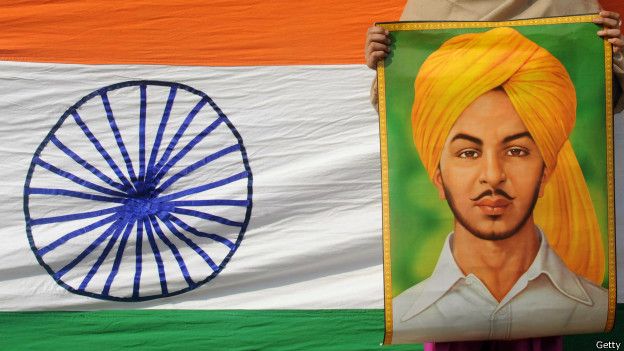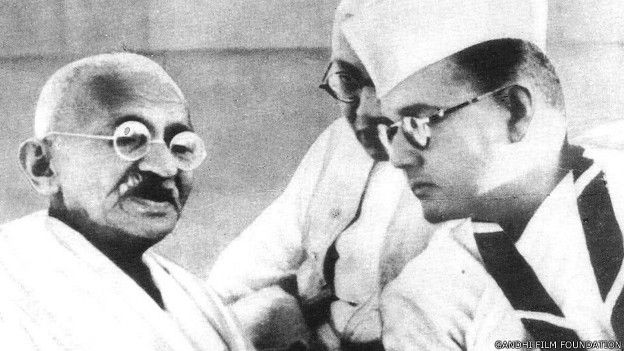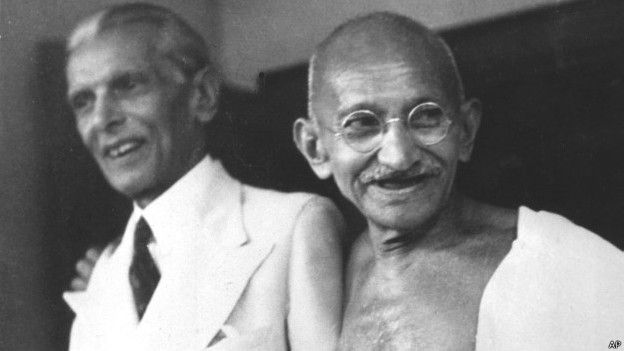In the light of the European Council’s Convention 108, discuss the concept and importance of data privacy, the measures needed to ensure privacy in this digital age.
Convention 108 is the first legally binding international treaty that protects right to privacy of individuals.Data privacy is defined as appropriate use of data.It is the relationship between collection of data,technology,the public expectation of privacy and the legal and political issues surrounding them.Thus,data privacy implies data security
IMPORTANCE-
1.Data privacy gains important in the wake of Fourth Industrial Revolution which is marked by velocity,scope and system impacts where transfer of even minutest data at speed of light across globe is possible.
2.It is important to protect the right of privacy of a person who has reposed immense faith upon an organisation/govt.
3.Its importance further lies in the budding of cyber threats and terrorism where defaulter can be an individual/country/or any organisation.
4.Ethically,data privacy tests the character of an organisation which try to win the trust of public.
1.Data privacy gains important in the wake of Fourth Industrial Revolution which is marked by velocity,scope and system impacts where transfer of even minutest data at speed of light across globe is possible.
2.It is important to protect the right of privacy of a person who has reposed immense faith upon an organisation/govt.
3.Its importance further lies in the budding of cyber threats and terrorism where defaulter can be an individual/country/or any organisation.
4.Ethically,data privacy tests the character of an organisation which try to win the trust of public.
MEASURES REQUIRED-
1.make right to privacy fundamental right and at international level include it in Universal declaration of human rights.
2.All policy documents at national and international level should deal with security and privacy standards.
3.Educate the users about their choices and importance of data privacy.
4.Strict laws and measures to punish the defaulters at national and international level and make organisations responsible for the breaching of data privacy
5.In India,Implement the recommendations of AP Shah committee including choice,notice,consent,openness and accountability etc,recognising multiple dimensions of privacy and technology and amend IT Act 2002
6.Using data encryption standard can also help
1.make right to privacy fundamental right and at international level include it in Universal declaration of human rights.
2.All policy documents at national and international level should deal with security and privacy standards.
3.Educate the users about their choices and importance of data privacy.
4.Strict laws and measures to punish the defaulters at national and international level and make organisations responsible for the breaching of data privacy
5.In India,Implement the recommendations of AP Shah committee including choice,notice,consent,openness and accountability etc,recognising multiple dimensions of privacy and technology and amend IT Act 2002
6.Using data encryption standard can also help
